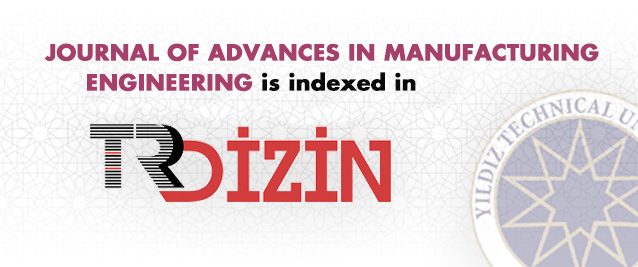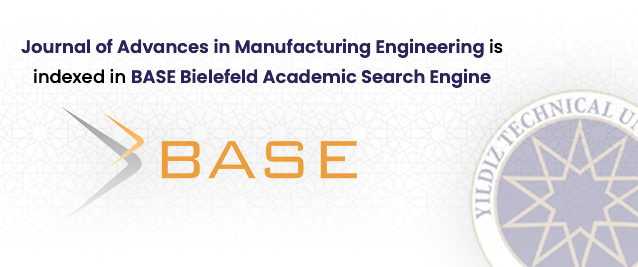2Laboratoire d’Études et de Recherche en technologie Industrielle, Dép. Génie Mécanique, Université Blida 1, ALGERIA
3Research Center in Industrial Technologies CRTI, P.O. Box 64, Cheraga 16014, Algiers, ALGERIA
4École Nationale Polytechnique ENP, El-Harrach, Algiers, ALGERIA
Abstract
Rotary friction welding (RFW) is a solid-state joining process which works by rotating one workpiece relative to another while under a compressive axial force, which produces coalescence of materials workpieces. It is considered most viable alternative to overcome the difficulties faced in conventional joining techniques. As it is a solid state welding process, the process does not form molten pool thereby eliminating the solidification errors. It offers many advantages for some manufacturing sectors for a wide range of applications. In this research, we investigated the mechanical and metallurgical characteristics of RFW welded joints for homogenous and heterogeneous assemblies. We have studied A60 steels and 2017A series aluminum alloys. The obtained welds are similar in appearance in that they have several Microstructural distinct zones. So, the results show that by increasing the rotating speed employing 1000 and 1600 rpm, the mechanical properties during the RFW process is lightly improved, favored by the increase in heat flow. In the same specimen, the micro hardness distribution is generally viewed lightly changed between center line throw weld of welded tube and close to their boundary line. This is due to the no-uniform of temperature distribution in cross section. Thus, plastic deformation of heated portion of the metal plays an important role in friction welding process and their quality. Microstructural analysis reveals that grain growth in the joint WCZ and in heat affected zone HAZ because of the no-uniform of thermal flux distribution in both directions (transvers and longitudinal of tube). Finally using RFW, the fabricators allow to perform and maintenance the mechanical components with low cost and which it conserves their welding quality compared to the classical fusion welding













